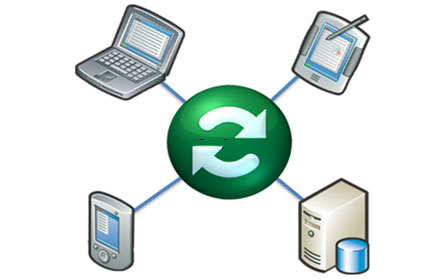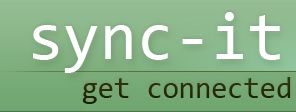
Sync Framework
A sync framework is a special synchronization platform that enables the collaboration of many offline services, devices, and applications. With this comprehensive platform, developers are able to create ecosystems, not just small networks, of synchronized devices and use them for all kinds of purposes. The integrated applications can be used for data storage, file updating and editing, sharing, and many more. A sync framework also has many features like taking offline data and enabled roaming.
The main purpose of a sync framework is to create different data providers in a network. Each provider enables the data sources to be able to participate in the sync framework synchronizing process, through peer-to-peer or other means. This makes resource sharing and data management simpler, and at the same time, more effective.
There are many providers included in sync framework that can support common data services and sources. Even though increasing the number of providers is not required to run a syncing process, this minimizes the construction time for application developers and increases output. The following are some of the most useful providers for an application developer's synchronization needs:
- ADO.NET-enabled system for optimized data sources, which is very important in database synchronization
- Files and folders synchronization providers
- FeedSync for RSS and ATOM, and various other web sync components
The good thing about this technology is that there are many providers that can be used out-of-the-box. If, on the other hand, that doesn't fit the syncing requirements of the group, a developer can always code up new custom providers for information exchange between all kinds of applications and devices.
Participants
In a sync framework, there's what people call "participants." Before going down to the details of specific provider components, it's important to understand what a participant is first. A participant is a device, or a location, from which the data is retrieved. It is the source of data used in the synchronization process. This can be anything from a USB device to a notebook computer.
Less powerful devices that are only able to provide small information are called simple participants. These devices only work by providing a piece of information, as requested. It serves as one peer in a peer-to-peer connection. The simple participants, however, can't manipulate or store the data. That means they provide very little support in creating new applications. An example of small participants is an RSS feed, which allows web services to extract online information from websites like EBay and Amazon. The RSS feed doesn't provide any consequential help to application development on its own, but it still helps in other ways, like providing necessary data.
In a nutshell
The sync framework is a complex subject and must be learnt in time. For people who are not software developers, most of the points given above might sound as nothing but mere mumbo jumbo. To software developers, these are words that have meaning. In a nutshell, the sync framework has to do with application development and similar other tasks. It's very important in making processes more efficient.
